Belgian beer from Wallonia combines centuries of monastic tradition, regional brewing skills and impressive variety. Every bottle tells a story of culture and history, and regional dishes are refined with beer. Walloon beer is part of the Belgian identity and is a world-class export hit. The abbey beer from the Maredsous monastery, founded in 1872, follows the Benedictine tradition, but is no longer brewed by the monks themselves. Today, the Duvel Moortgat brewery takes on this task. Nevertheless, the trinity of “Food, Drinks and Holy Beers”, as the microbrasserie Le Saint-Joseph calls it in its Abbey Gazette, preserves the spirit of the old monastic life.
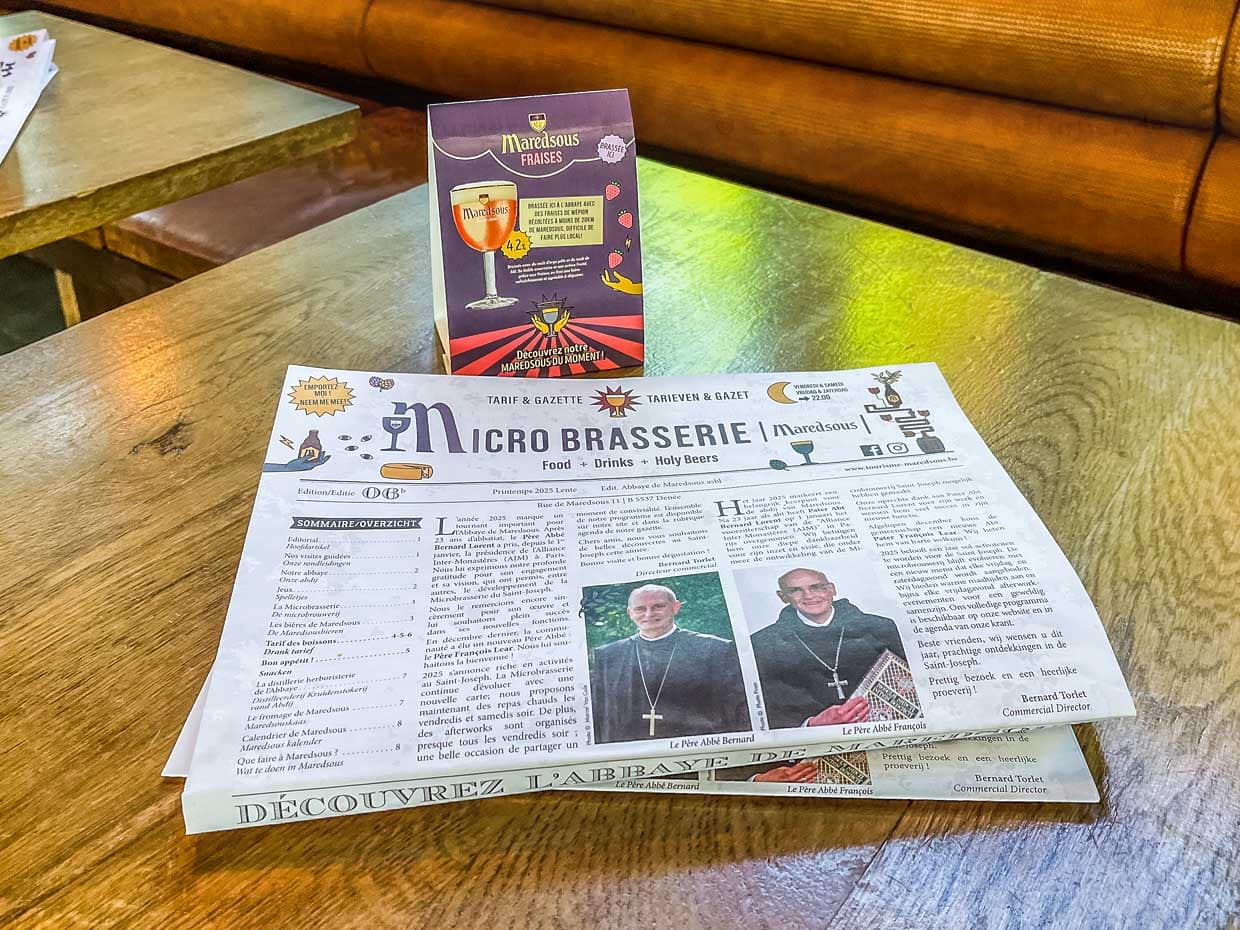
Monastic combo: beer with cheese
Visitors sit in the large beer garden of Maredsous Abbey in bright sunshine and drink their abbey beer mainly from ceramic mugs. This is also a tradition here, as the rustic drinking mugs come from the abbey’s ceramic workshops. They are served with Fromage de Maredsous, a semi-soft cow’s milk cheese. It is young, having only matured for 22 days. But the Benedectines serve their abbey cheese with celery salt. This gives the cheese more flavour and makes it stand up to the strong beer. The enterprising monks began producing cheese in 1953. Today, a commercial company produces both cheese and beer, but the cheese wheels continue to mature at a constant 12 degrees in the abbey cellars. During guided tours and tastings, beer and cheese are offered as a culinary duo, demonstrating the variety and artisanal quality of the regional products.
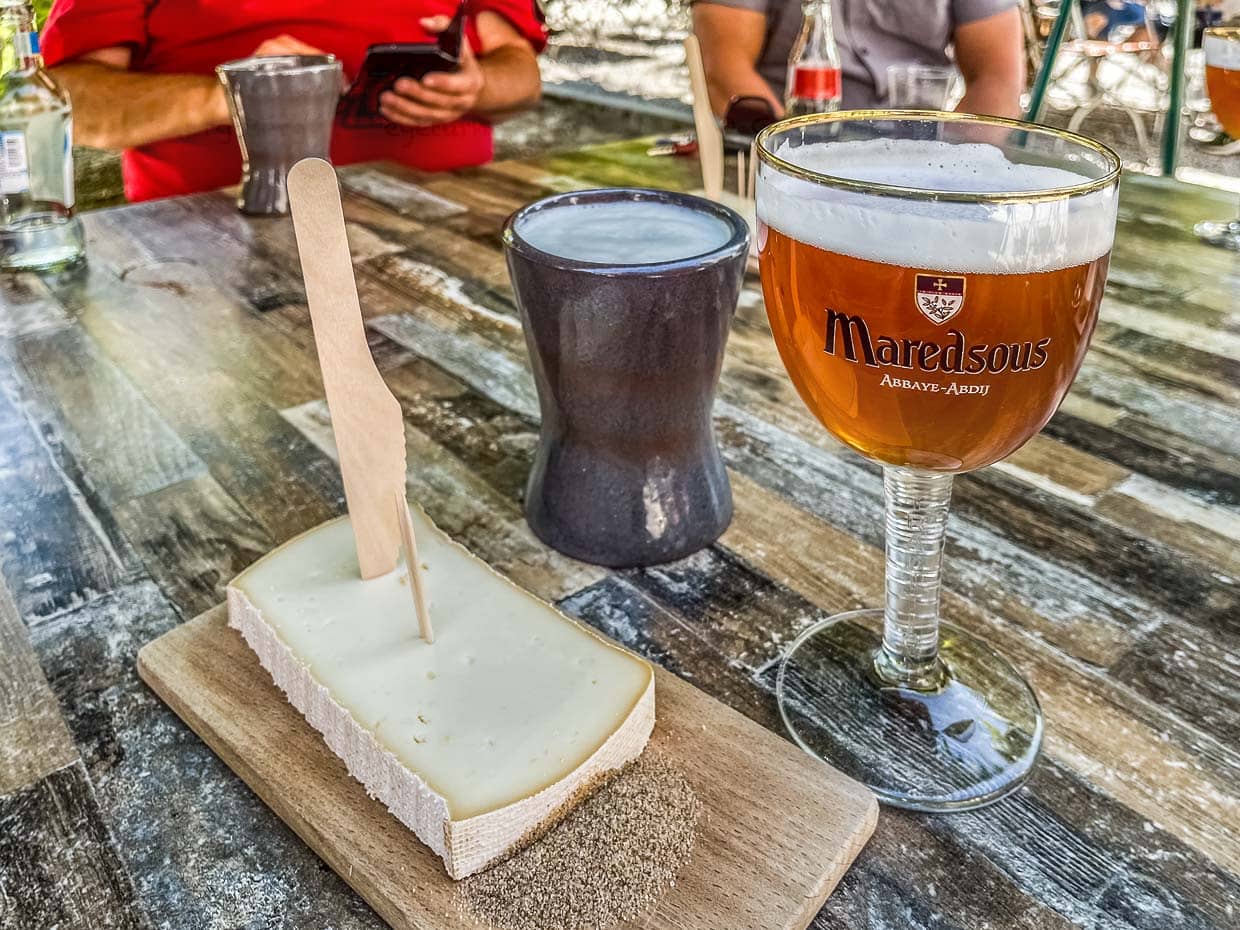
Beer sauce – a classic of Walloon cuisine
With the rise of the monasteries in the Middle Ages, especially the Trappist monasteries, beer production developed into a fine art. Initially, the monasteries brewed for their own use, later also for pilgrims and guests. Their influence is still felt today: beers are still produced in Wallonia according to old recipes. The region is considered a center for creative and regional beer specialties – long before the craft beer wave swept across Europe from the USA in the 2010s. Seasonal beer, a light, often fruity and refreshing brew, was created as early as the 19th century. In 2022, Maredsous Monastery even began to grow its own hops. This led to a new creation: Saint-Hubert, a beer with fruity hops from the Abbaye de Maredsous.
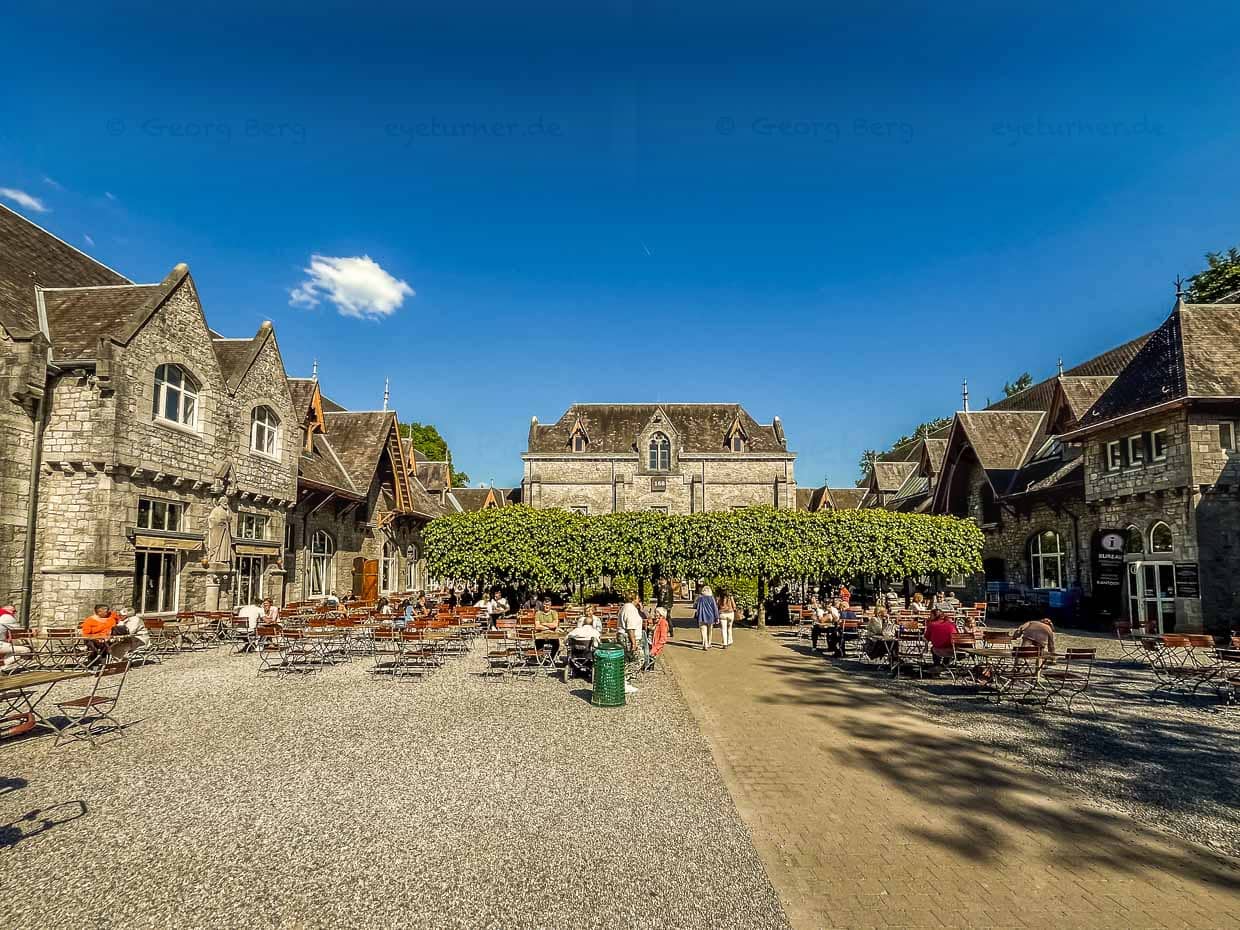
But back to the beer-based sauces, which taste of speculoos, malt and Liège apple syrup. The boulettes à la bière de Maredsous combine classic meatballs with regional abbey beer. Beer has a long tradition in Walloon cuisine – not only as a drink, but also as an ingredient. Similar to smoked beer in the Bamberg region, it adds depth, flavour and an unmistakable regional note to dishes.
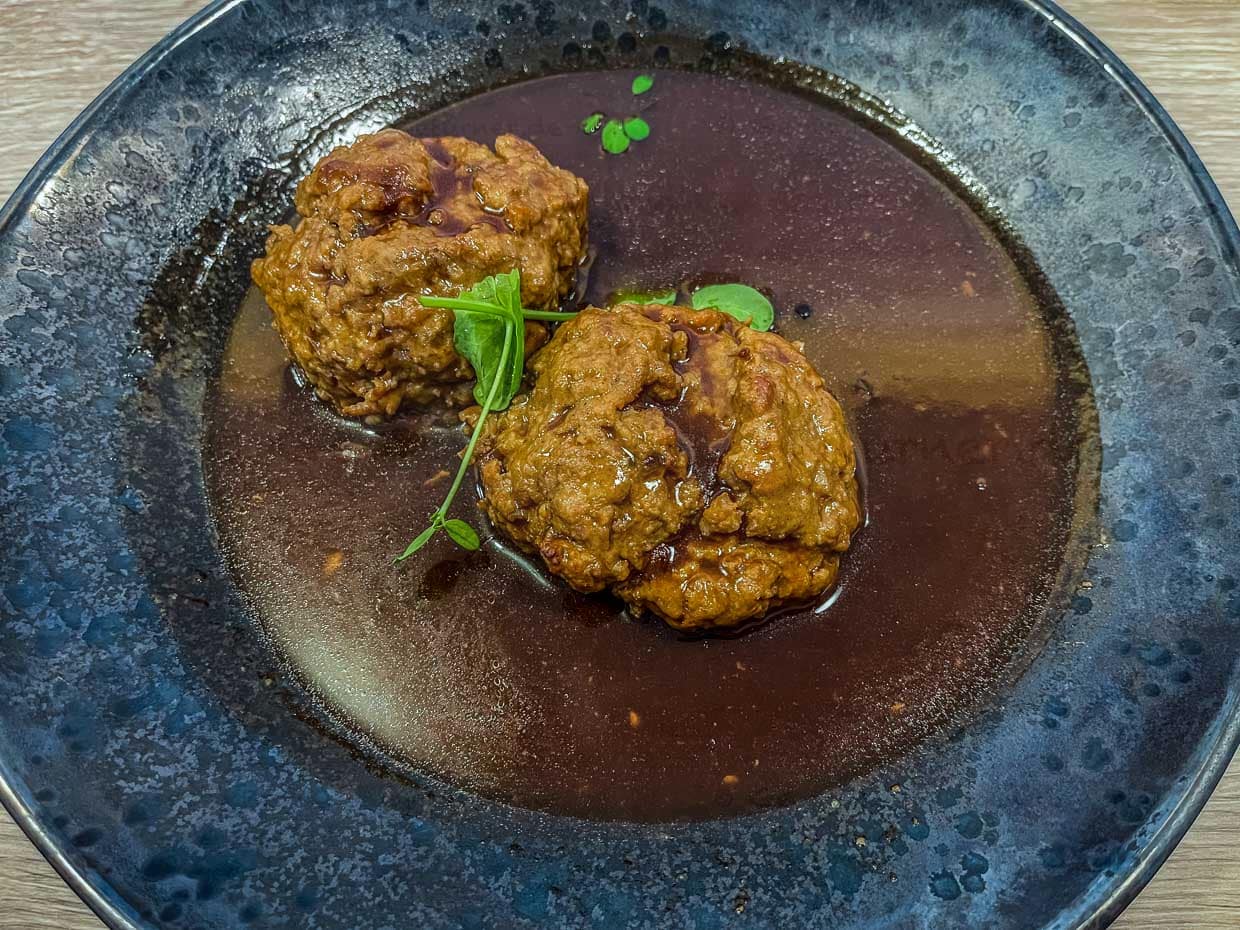
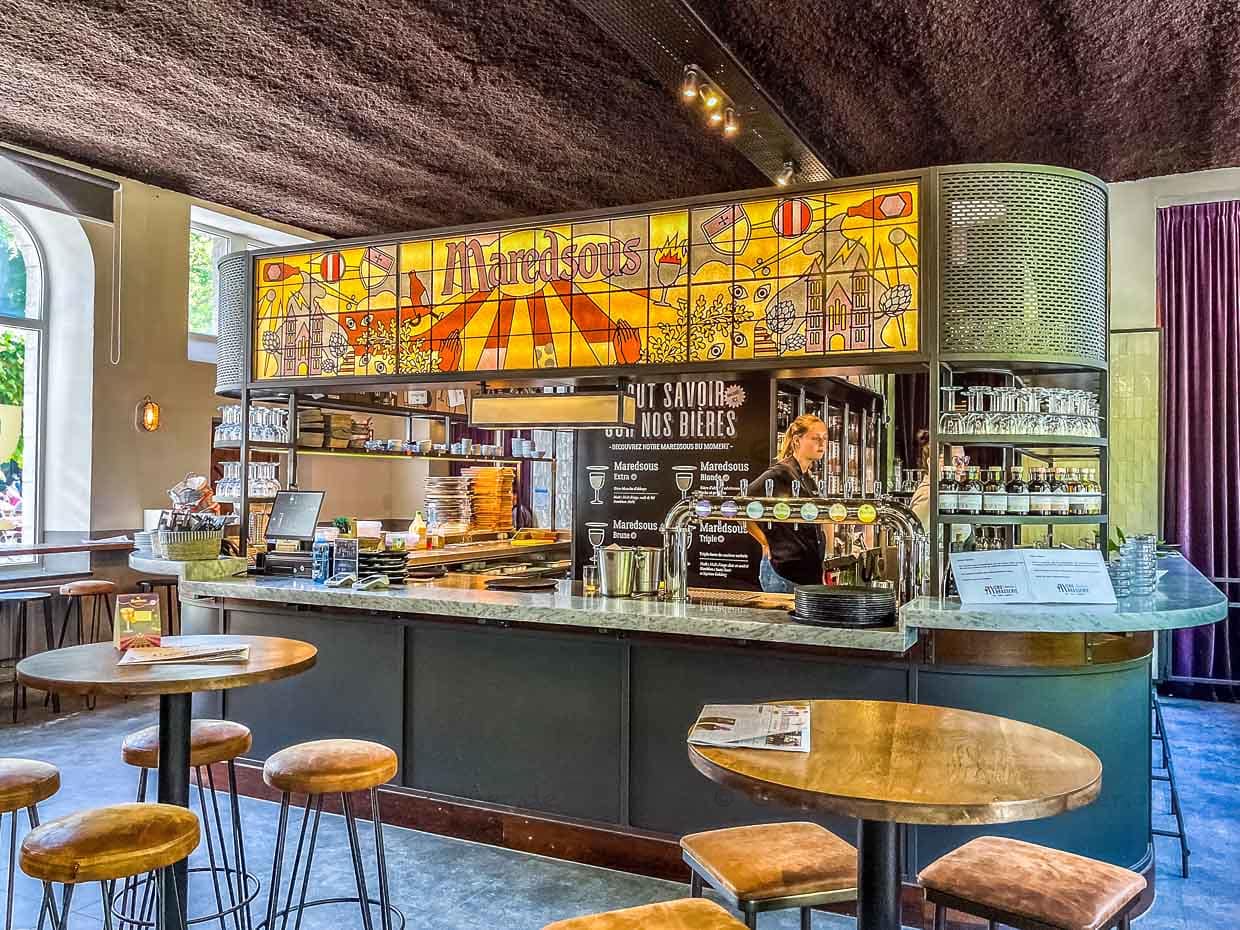
Local specialties from the farm – Vachement Ferme
Right next to the imposing Maredsous Abbey, the Vachement Ferme farm shop is somewhat hidden away. A short walk up the hill to the farm is worthwhile: the shop offers a wide selection of regional cheeses and the beer selection is also impressive.

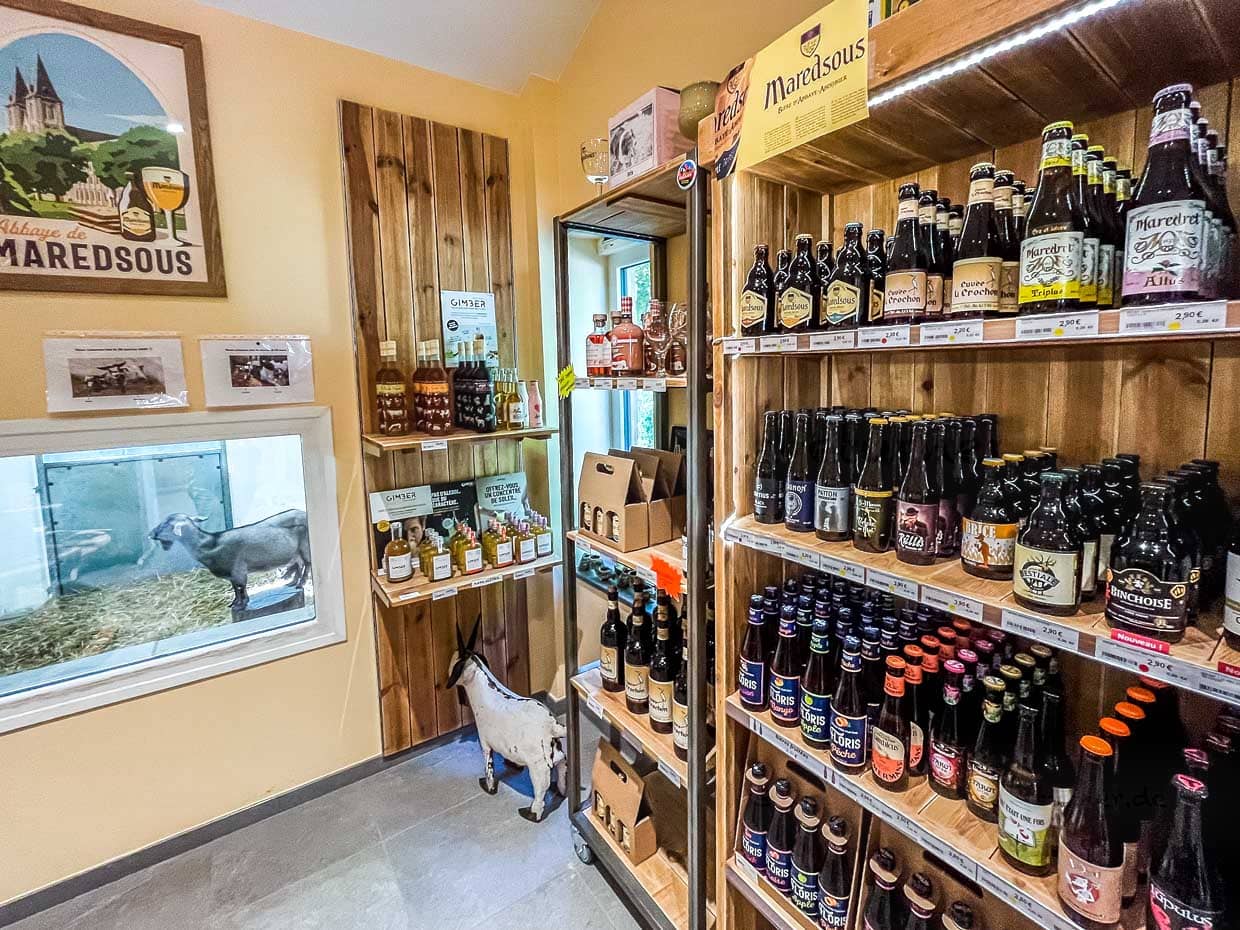
The snail wins the race!
François Tonglet has a sense of humour and courage. As the owner of a large delicatessen in Namur, he recognised the importance of regional identity as a sales argument back in the early 1990s. Time and again, customers came to his shop looking for specialities from the region, for delicacies with a history. In 1992, he took over the small brewery in Falmignoul, whose roots go back to 1765. Even 100 years before the monks of Maredsous started brewing beer, the wood-fired oven was used to heat the beer brew. Tonglet named the brewery Caracole – snail – a tongue-in-cheek reference to the inhabitants of Namur, who are known in Belgium for their leisurely way of speaking. But Tonglet himself was not one of the slow-moving troops: he created a niche product in this historic location that is in demand worldwide. In Europe, he was probably one of the first players on the craft beer scene to counter the large breweries with his artisanal brewing skills.
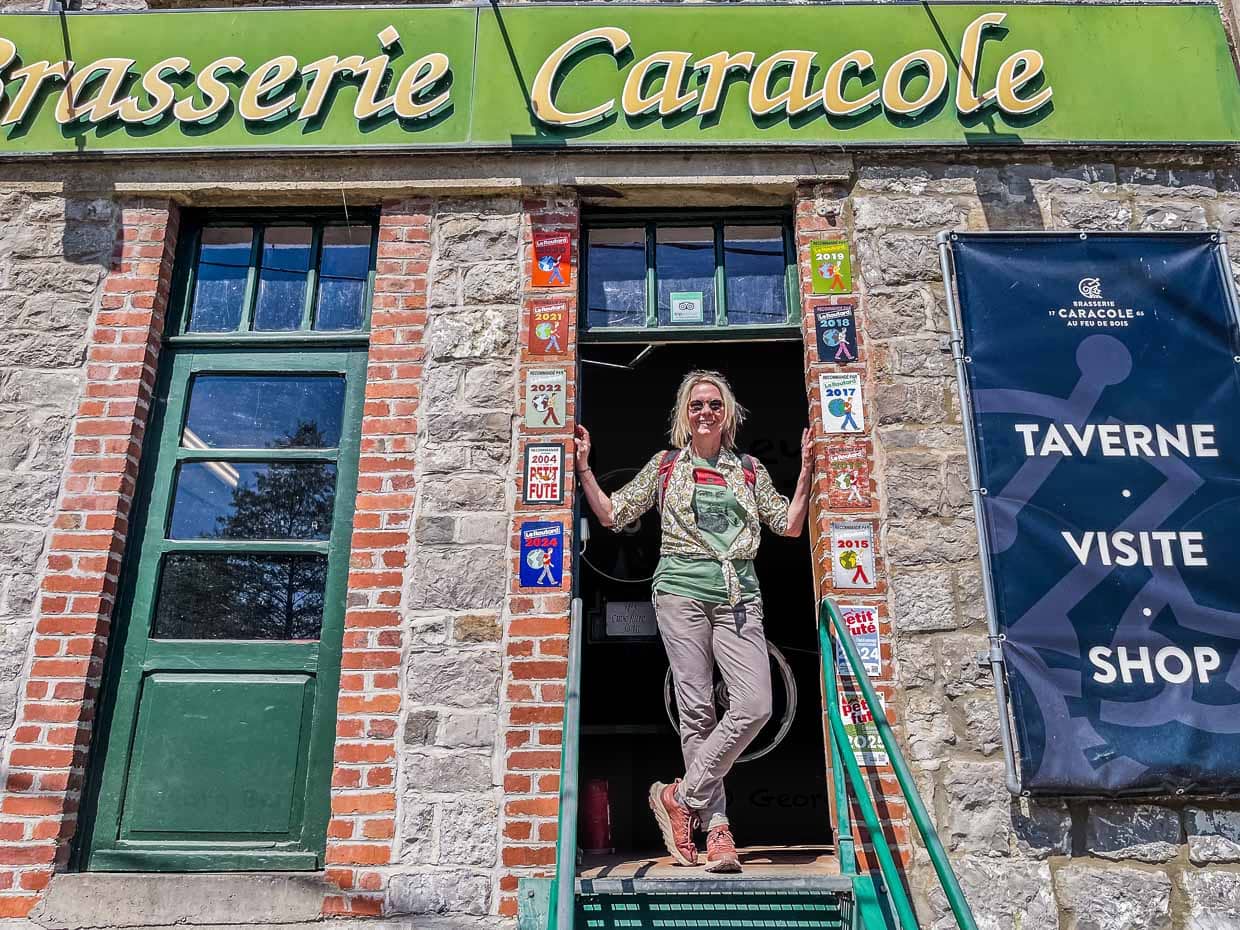
Once a week, François Tonglet and a single employee heat up the old copper boilers – using wood firing. A tradition that only lives on in the historic communal breweries of the Zoigl breweries in the Upper Palatinate. Brasserie Caracole’s beers are unfiltered, mature in the bottle and are mostly made from organic ingredients. Business went very well for almost 25 years, says Tonglet. Belgian specialty beers were in demand worldwide. He exported the majority of his production to Canada, the USA and Japan. His Caracole, Saxo and Nostradamus brands found many fans there. However, exports collapsed with the boom in microbreweries and the growing craft beer scene.
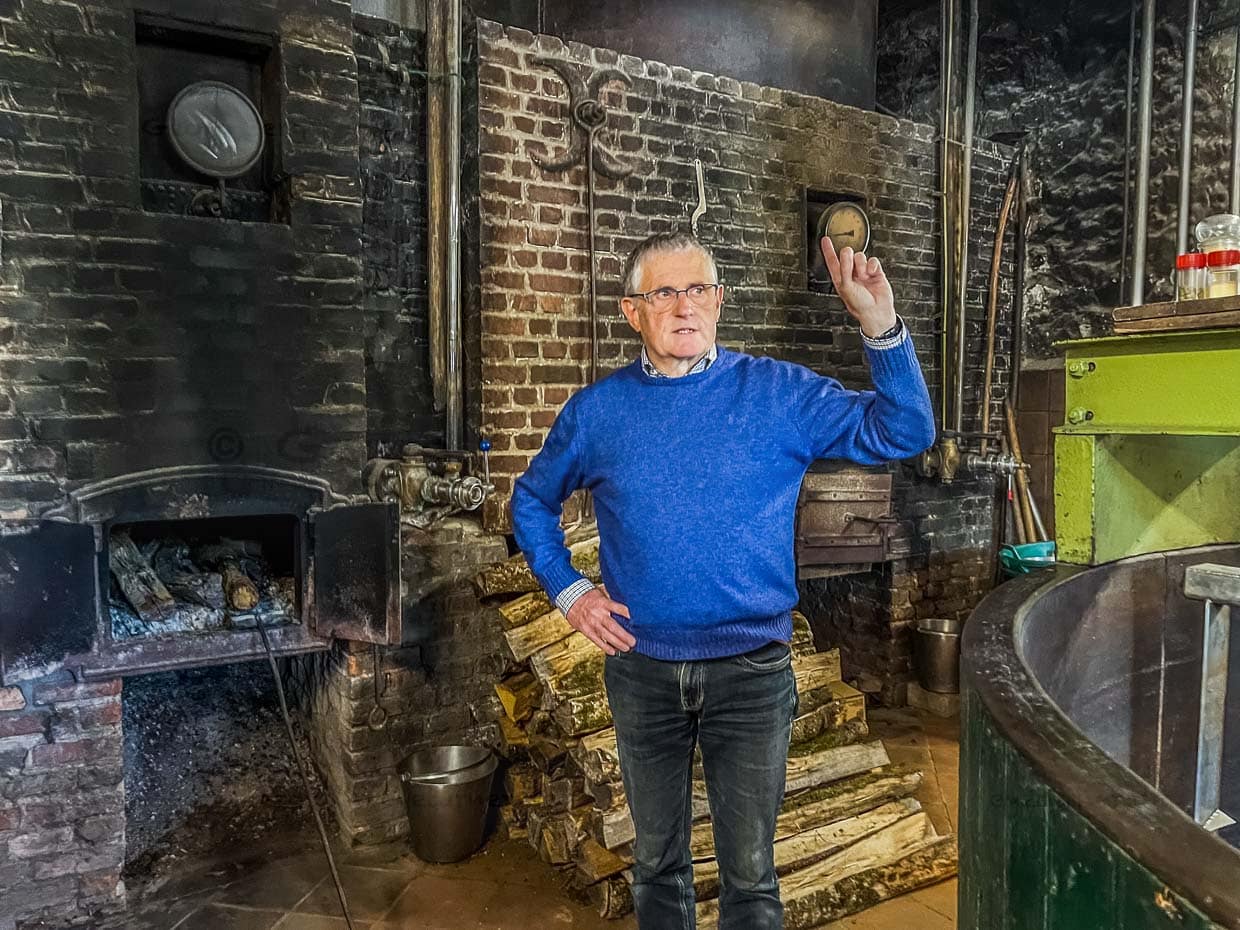
People continue to love regional specialty beers – only now they are being served abroad from their own regions. Hops and malt are not yet lost. The Brasserie Caracole has established itself as a popular destination. Guided tours and beer tastings at the weekend attract guests to the taproom. But finding staff for the restaurant remains difficult. Tonglet has therefore found a pragmatic but charming solution: Tasty stews in mason jars, which guests take themselves from the fridge. Shortly afterwards, the warmed stew is on the wooden table as a solid basis for the beer tasting.
It remains to be seen whether Brasserie Caracole has a future. Tonglet is looking for a successor – someone with courage and creativity. Because, he says, you can no longer rely on loyal customers.
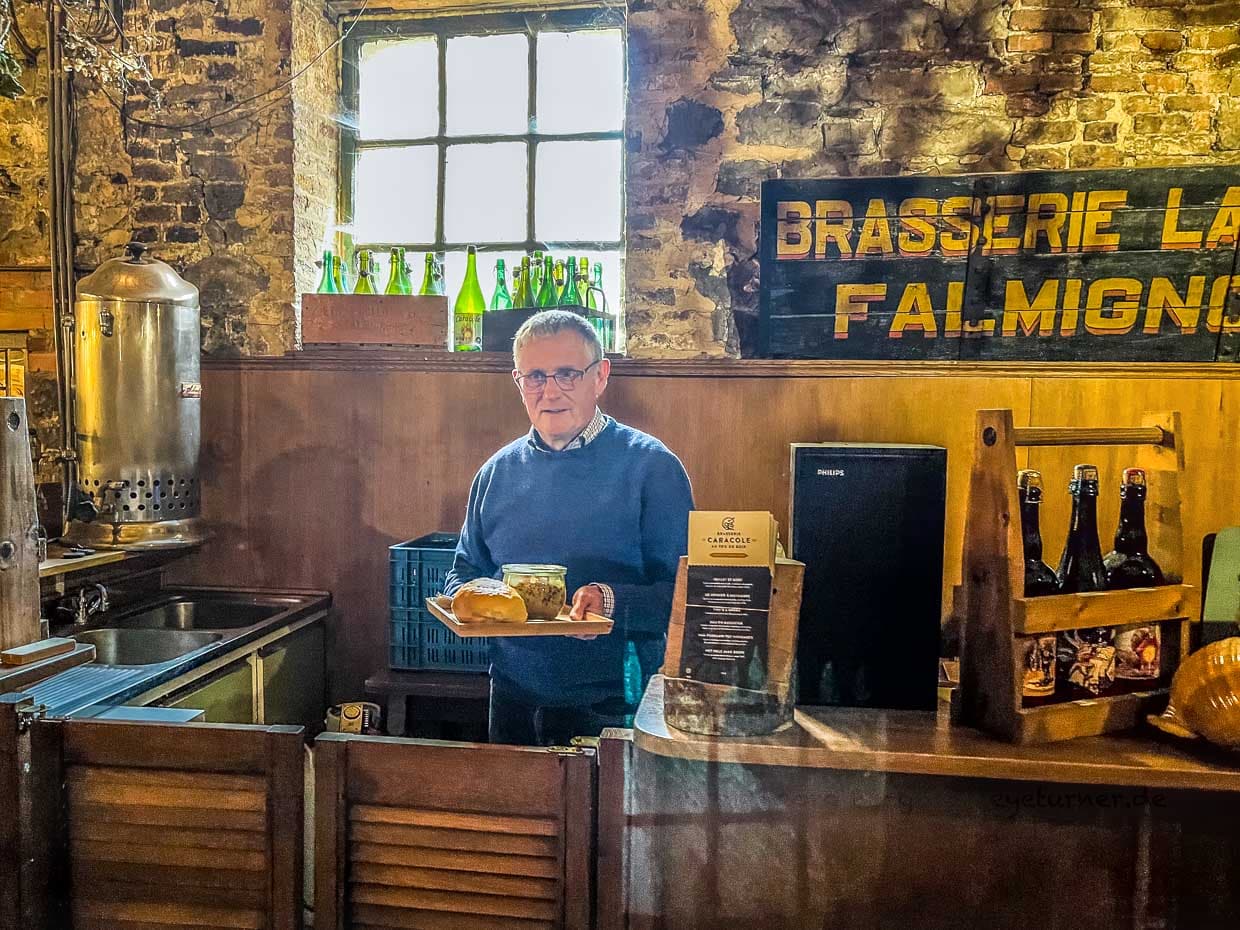
In 2016, the Belgian art of brewing was recognized by UNESCO as an intangible cultural heritage of humanity, in particular because of the extraordinary variety of brewing styles, the aromas and the deep cultural roots in society.
The research was supported by VisitWallonia.be


